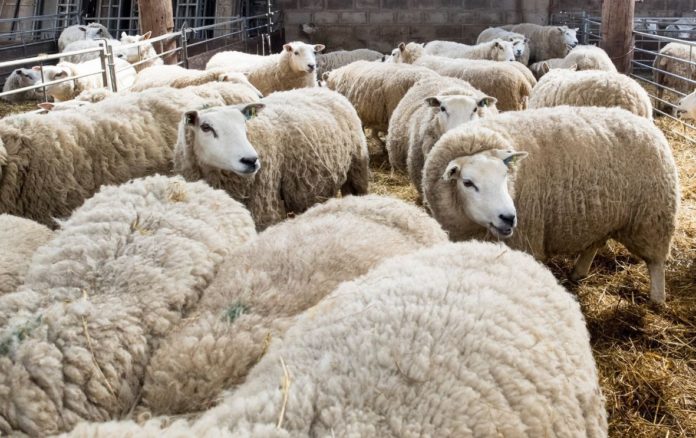Enteritis and pneumonia were the most common diagnoses at necropsy in sheep in Regional Veterinary Labs (RVL) during April 2023, a report from The Department of Agriculture, Food, and the Marine indicates.
Intestinal torsion/volvulus, parasitic gastroenteritis, bacteraemia/septicaemia, pulpy kidney disease, enterotoxaemia, ruminal acidosis, abomasitis and malnutrition were chronologically among the other diagnoses confirmed for cattle submitted for necropsy.
Regional Veterinary Laboratories (RVLs) conducted necropsy examinations on 601 carcases and 61 foetuses (both cattle and sheep) during April 2023.
Additionally, 1,806 diagnostic samples were tested to assist private veterinary practitioners with the diagnosis and control of disease in food-producing animals.
Labs can conduct 283 different tests, with VAT-exclusive (charged at 23%) prices starting from as little as €1.25/test and submissions can take the form of bloods, skin, fluids, swabs and/or carcass parts.
When submitting forms, veterinary practitioners must provide clinical signs, duration of illness, treatment given and a tentative diagnosis.
Tests available are divided into serology, bacteriology, blood biochemistry, parasitology, neonatal enteritis package, tissue biochemistry, virology, urinalysis, haematology, and histopathology.
RVL
The six-strong RVL network consists of Athlone, Dublin, Limerick, Cork, Kilkenny, and Silgo.
The objective of the report, which is published in the Veterinary Ireland Journal, is to provide feedback to veterinary practitioners on the pattern of disease syndromes at this time of the year by describing common, and highlighting unusual, cases.
Moreover, the reports aim to assist with future diagnoses, encourage thorough investigations of clinical cases, highlight the available laboratory diagnostic tools, and provide a better context for practitioners when interpreting laboratory reports.
The report describes a selection of cases investigated by the Department of Agriculture, Food, and the Marine’s (DAFM) veterinary laboratories in April 2023 and in this article, www.thatsfarming.com re-shares some of those including a case of the following in sheep:
- Laryngeal chondritis;
- Pleuritis;
- Parasitic gastroenteritis.
Laryngeal chondritis
The report contains a case overseen by Limerick RVL, involving a three-month-old Texel-Charolais-cross lamb from a 25-ewe flock.
It was at pasture and had developed respiratory stertor (snoring) two days before death, but it was treated with an anti-inflammatory drug.
The Texel sire had died of stertor during the hot weather last August.
On necropsy, there was “gross evidence of abscessation of the larynx and diuse pulmonary congestion”.
“The appearance of the larynx was consistent with laryngeal chondritis or ‘Texel throat’. No significant bacterial pathogens were isolated from the larynx or lung,” the report adds.
Pleuritis
Meanwhile, the Sligo RVL saw two one-month-old lambs with a history of sudden death.
According to the report, the first lamb presented with unilateral pleuritis and the second had pericarditis and multifocal myocardial abscesses.
Staphylococcus aureus was isolated from the lesions in both lambs, which commonly occur during a bacteraemia.
Common entry sites for this agent are umbilical infections, tail-docking, or tick bites (tick pyaemia), the report notes.
Parasitic gastroenteritis
Athlone RVL examined two two-year-old ewes from a farm with a history of sudden death, where there had been eight similar sudden deaths recently.
Both ewes had similar gross post-mortem findings in that their body condition was poor, with weights of 50kg and 40kg respectively.
Both carcases were very pale, and both had faecal soiling of the perineum, according to the lab report.
Moreover, there was marked submandibular oedema, as well as oedema of the neck and forequarters, and there were ascites and excess pericardial fluid.
Meanwhile, the liver, kidneys and lungs were extremely pale, the abomasal mucosa was thickened and oedematous, and abomasal contents were brown-coloured liquid with tiny worms visible to the naked eye.
Intestinal contents and faeces were liquid. Haemonchus contortus worms (‘Barber’s Pole worm’) were identified in the abomasal contents and there was a very high strongyle egg count of 50,000 eggs per gram (EPG) in the faeces, the report added.
See report on: Polycystic kidneys, a haemorrhagic abomasal ulcer & subdural haemorrhage among findings in RVL report





